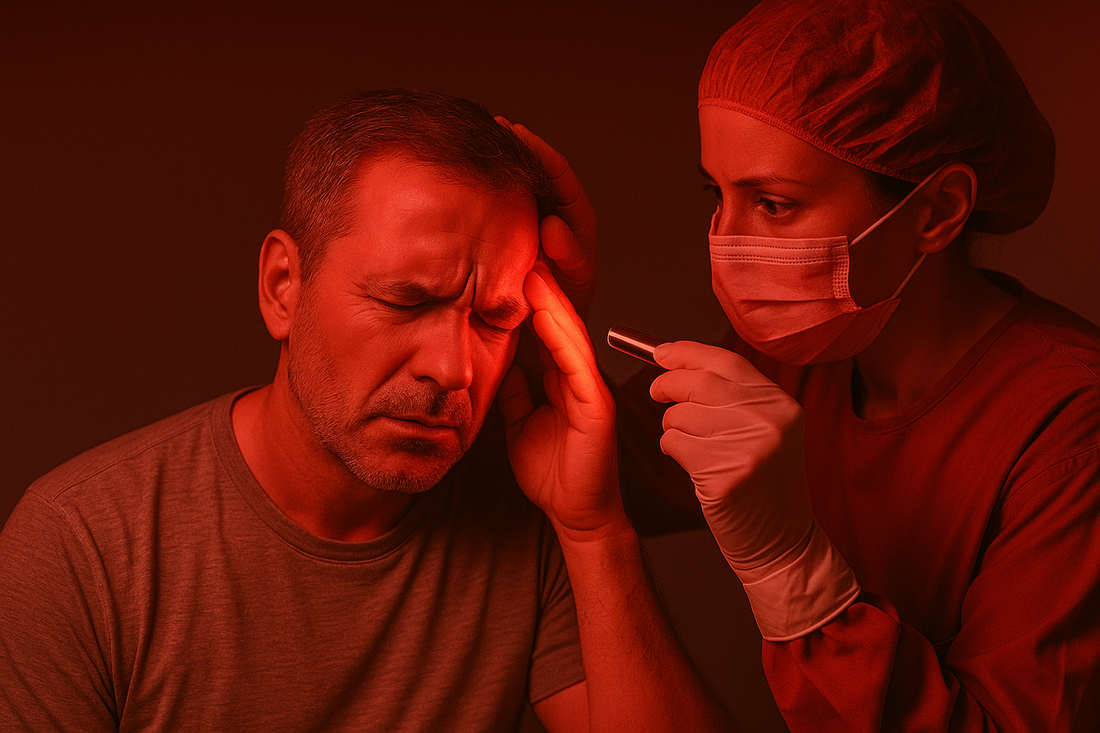Exploring the Potential of Red Light Therapy Panels in Managing COVID-19 and Pneumonia
The global health crisis caused by the COVID-19 pandemic has spurred numerous research initiatives aimed at finding effective treatments and management strategies for the virus and its complications, such as pneumonia. Among the promising therapies being explored, red light therapy has garnered attention due to its potential benefits in respiratory conditions. Red light therapy, employed through panels emitting low-level wavelengths of red light, has been traditionally used for skin treatments, reducing inflammation, and promoting healing. This article delves into how Kivo panels could potentially aid in the management and recovery processes of COVID-19 and pneumonia.
Understanding Red Light Therapy
Red light therapy, also known as photobiomodulation, involves exposing the skin to low-level red and near-infrared light. Unlike ultraviolet (UV) light, which can damage the skin, these wavelengths of light are considered safe and are absorbed into the skin, promoting metabolic processes and encouraging healing. Historically, red light therapy has been used for a variety of health issues, ranging from skin conditions and inflammation to muscle recovery.
Mechanisms of Action
The therapy operates on the principle that light of specific wavelengths can penetrate deep into the tissues and cells. Once absorbed, it stimulates the mitochondria—the powerhouse of the cell—enhancing cellular energy production (ATP). This promotion in cellular activity can accelerate the body's natural healing processes, reduce inflammation, and improve circulation.
Red Light Therapy and COVID-19
COVID-19 manifests primarily as a respiratory illness, which can lead to severe complications such as acute respiratory distress syndrome (ARDS) and pneumonia. During the pandemic, researchers have been investigating various adjunctive therapies to alleviate these symptoms and promote recovery.
Potential Benefits
- Reducing Inflammation: One of the hallmarks of COVID-19 is excessive inflammation, particularly in the lungs. By reducing pro-inflammatory cytokines, red light therapy could help minimize lung inflammation, making it easier for patients to breathe and reducing their reliance on mechanical ventilation.
- Promoting Healing: The ability of red light to stimulate cellular energy and repair mechanisms means that, in theory, it could facilitate lung tissue healing in COVID-19 patients. This can be particularly beneficial in mitigating the extensive lung damage caused by the virus.
- Enhancing Immune Function: Some studies suggest that photobiomodulation can enhance mitochondrial function not only in muscle cells but also in immune cells, potentially boosting the body’s ability to fight off viral infections like COVID-19.
Red Light Therapy and Pneumonia
Pneumonia, a common complication of COVID-19, can prove fatal if not managed properly. It's characterized by inflammation of the air sacs in the lungs which can fill with fluid or pus, causing severe cough, fever, and difficulty breathing.
How Red Light Therapy Can Help
- Reducing Lung Inflammation and Edema: Given its anti-inflammatory properties, red light therapy can help reduce the swelling and fluid accumulation in the lungs, a critical factor in alleviating the symptoms of pneumonia.
- Supporting Respiratory Muscle Function: The therapy’s stimulating effects on muscle energy production can enhance respiratory muscle endurance, improving breathing efficiency.
- Accelerating Tissue Repair: By accelerating cellular repair mechanisms, red light therapy may shorten the recovery time by replenishing damaged lung tissue more rapidly.

Current Research and Limitations
Currently, research on the application of red light therapy specifically for COVID-19 and pneumonia is still emerging. While some preliminary studies and anecdotal evidence suggest promising results, more comprehensive clinical trials are required to conclusively determine its efficacy in these specific conditions. Regulatory approvals and guidelines will also play an essential role in validating these applications.
Challenges and Considerations
- Safety and Dosage: As with any therapy, ensuring appropriate dosage and application is crucial. Overexposure could potentially cause skin damage or eye injury.
- Accessibility: Red light therapy panels are still not widely accessible in all healthcare settings, which could limit their potential impact during widespread health crises.
- Individual Differences: The efficacy of the therapy can vary significantly depending on individual patient characteristics, such as age, severity of symptoms, and overall health status.
Conclusion
Red light therapy presents a fascinating frontier in the quest for innovative treatments for COVID-19 and pneumonia. Its role as a non-invasive treatment option that could potentially reduce lung inflammation, promote healing, and enhance respiratory function is promising.
In a world facing unprecedented health challenges, such therapeutic innovations underscore the importance of continued scientific inquiry and interdisciplinary collaboration to improve patient outcomes.






